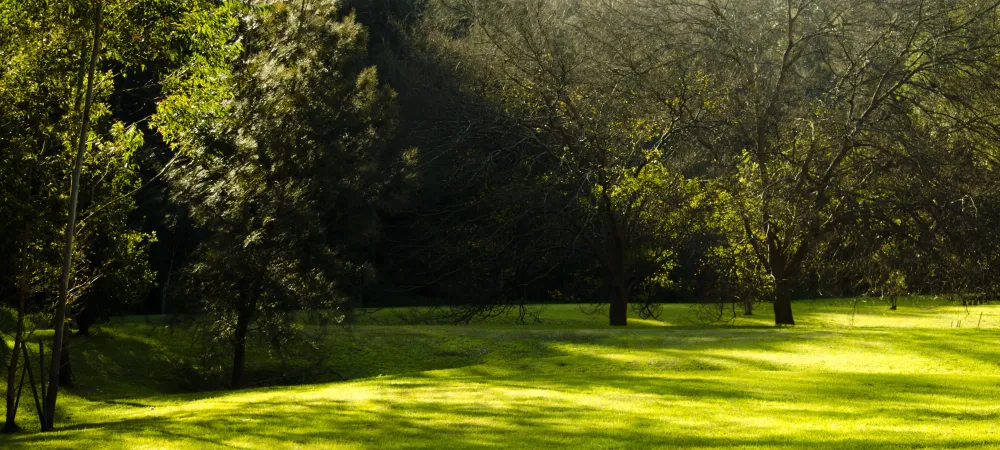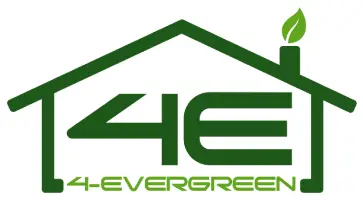How to Protect Your Trees from Emerald Ash Borer Beetles

An invasive species is destroying our beloved ash trees, and it has been found in 35 states, including right here in Tennessee and Missouri. It is the Emerald Ash Borer beetle (EAB). This exotic-looking beetle first appeared in North America in 2002 when it was first discovered on wooden packing materials in Detroit. Since then, it has decimated tens of millions of ash trees across the United States.
So, what can you do to protect your beloved ash trees? Stay educated on what EAB is, how to identify it and what to do if you discover one of your ash trees is infected with this beautiful yet destructive insect.
How Do I Know If I Have Ash Trees?
What if you don’t know what types of trees you have on your property? Let’s face it, most of us know how important trees are for producing oxygen and cherish the tranquility and beauty they provide us, but do we know what type of trees they are? Ash trees are deciduous and are in the Fraxinus genus within the olive (Oleaceae) family of woody plants. To determine if you have an ash tree or not, look at the limb of a tree. Are the twigs opposite to each other where they attach to the branch? Ash trees also have compound leaves divided into distinct parts, called leaflets. This is different than on a simple leaf such as on an oak or maple tree.
The ash tree provides a palette of colors in the fall, and the wood is used to make various tools, handles, baseballs, and softball bats and bows. Like any species, ash trees are part of the entire ecosystem, and their death has a ripple effect on other living organisms, including the wildlife who eat their seeds and utilize them for shelter.
What is Emerald Ash Borer?
The Emerald Ash Borer beetle is a tiny insect with a metallic green outer covering. Its eggs are tiny—approximately 1/25 inch—and are reddish-brown. The larvae are white, flat-headed borers with distinct segmentation. While the adults chew on the leaves, it is the young larvae that cause the damage. The adults lay their larvae under the bark, and the tiny insects feed beneath the surface. They feed on the most critical parts of the tree and disrupt the tree’s ability to transport water and nutrients throughout. This process kills most ash trees within three to five years after infestation.
Symptoms of Emerald Ash Borer
Canopy Thinning and Crown Dieback
The first symptom an ash tree will show includes the thinning and drying of twigs toward the tree’s upper canopy. It’s important to note, however, that other conditions can cause thinning of the canopy. Therefore, this symptom alone does not indicate EAB.
Epicormic Sprouting
As EAB larvae feed, trees attempt to create callus tissue around larval galleries, which causes the bark to split vertically. You can often see the s-shaped galleries and larvae beneath the split bark.
Bark Splits
Trees under attack by EAB have distinct S-shapes on their bark. They are approximately 1/8 inch wide and packed with a mixture of sawdust and insect excrement.
D Shaped Exit Holes
A clear indication of an EAB infestation is the presence of D-shaped exit holes within the bark. These holes are 1/8 inch in diameter caused by the adults as they emerge in late spring.
Woodpecker Sightings
Have you noticed an increase in woodpecker activity on your property? This is because woodpeckers feed on the larvae and pupa of infected ash trees, causing flaking bark and uneven holes. If they are pecking at your ash trees, this could be a sign of EAB.
What Can I Do To Help Protect the Ash Trees on Landscape?
- Know the signs of an EAB infestation and watch all ash trees on your property.
- Only buy and burn local firewood. Invasive insects such as EAB can sit on firewood for long periods. Hauling firewood from one location to another is a common way for insects to infect other trees.
- Do not move firewood for the same reason.
- Because most EAB beetles attack stressed or injured trees, it’s important to continue a tree and shrub care maintenance regime. Healthy trees are better able to resist these and all other insects.
- Contact 4-Evergreen. We specialize in a tree and shrub care maintenance program that can help keep your trees healthy and robust, ready for any disease or insect that comes their way.
Contact the Professionals at 4-Evergreen
Our 4-Evergreen Lawn Care team in Jackson, TN can provide the health and protection your trees and shrubs need through our tree and shrub care service. Our highly effective tree and shrub care program includes pest management to protect your beloved lawn ornaments from pest invasions. It also contains dormant oil and the appropriate fertilization needed to keep your trees and shrubs healthy and strong. The healthier the plant, the better able it is to withstand disease and upset infestations.
